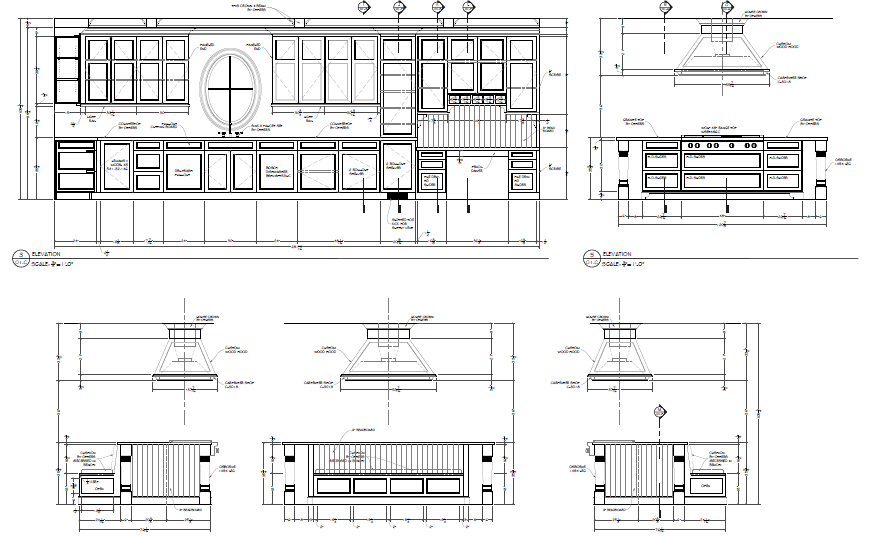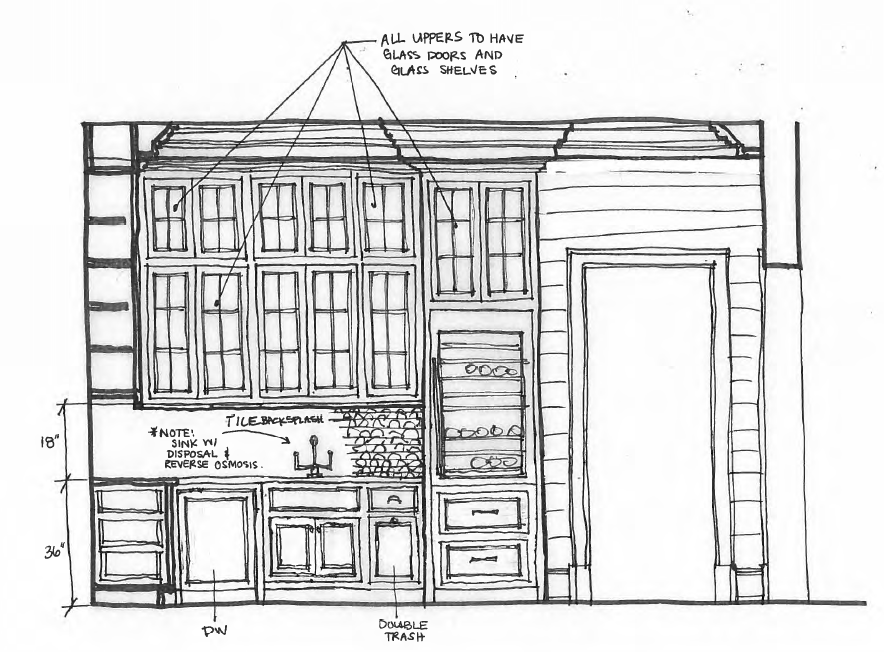With the pace of modern life seemingly increasing all the time and the boundaries of the nine-to-five work day expanding with unceasing electronic communication, who doesn’t sometimes feel the need to escape to a peaceful oasis of serenity for a relaxing interlude? Fortunately, that escape can be just around the corner with a well-designed, spa-like bath in your home. Far from the cramped, utilitarian spaces many of us remember from childhood bathrooms, a luxurious custom bathroom can be spacious and bright, and as soothing or dramatic as your imagination can make it.
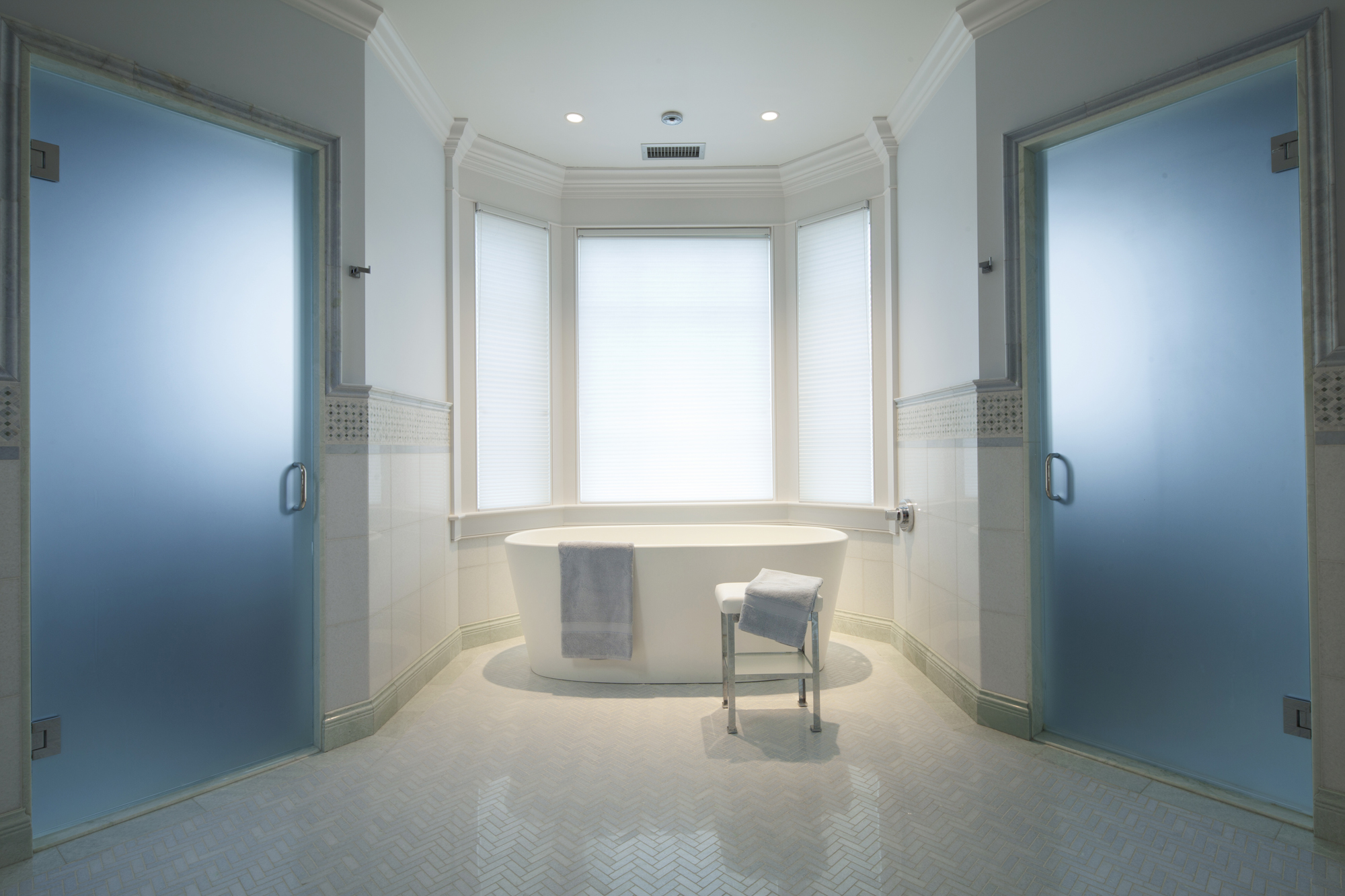
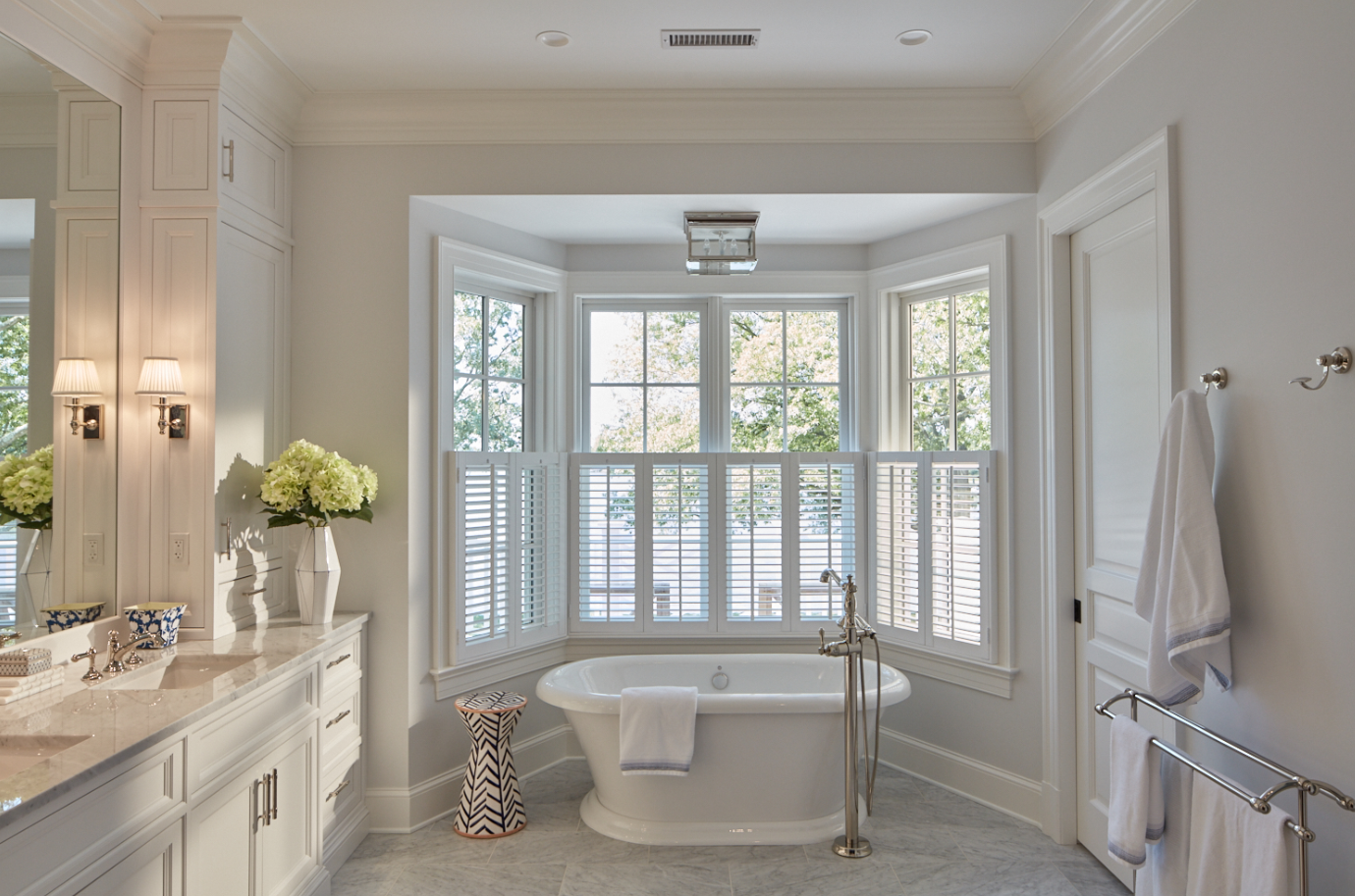
The finish materials have an outsized impact on the character and mood of any space, and luxury baths are no exception. The need for water resistance around tubs and showers naturally leads to using tile floors, although wood floors are suitable for, and often used in, powder rooms. Within the world of tile, though, the options are practically limitless. Natural stone can run the gamut from glossy marble to rustic travertine. Water-cut stone mosaics provide intricate patterns and colors. Porcelain and other ceramic tiles are available in every color and shape imaginable. Large-format tiles give a sharp, modern feel to a space, while porcelain planks can mimic the appearance of weathered wood. Stone slabs and tile can be used as wall finishes as well, as backsplashes, wainscoting, or full-height finishes. The use of an unexpected material, such as irregular, natural stone or pebble-like tiles, can add a dramatic touch to a composition.
Our moods respond dramatically to color, so the material and color palette should combine to set a comforting tone. Many clients are attracted to soothing blues, grays, and earth tones, which have a calming effect and can be combined with a variety of accent colors.
Bringing natural light into any space makes it more inviting, and if you’re fortunate enough to have a beautiful view from your bath, you’ll want to be sure to take advantage. Nothing could be better than lounging in a comfortable soaking tub with a view of the water.
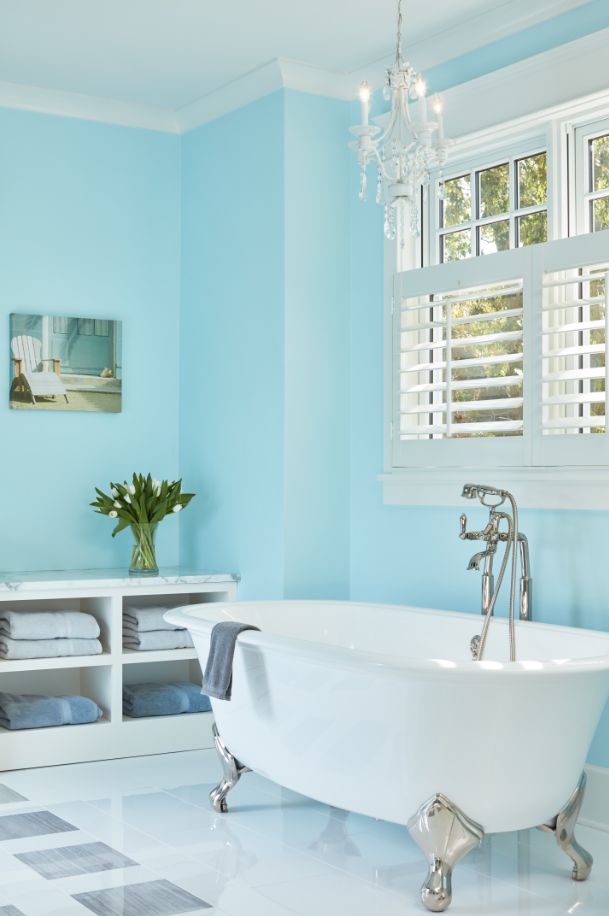
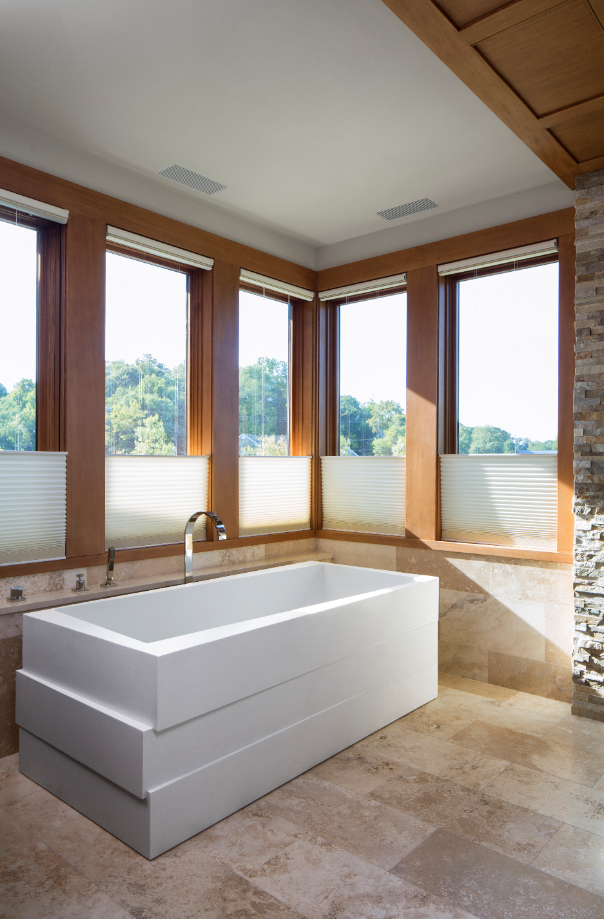
The bathtub is naturally one of the centerpieces of a spa-like bath. Although platform tubs can be a beautiful solution, the current trend is very much toward free-standing tubs. The classic claw-foot bath is still around, but now it can be had with fun design features like chrome feet, which add interest.
Other free-standing tubs look more like modern sculptures than bath fixtures, with shapes ranging from classical to organic to geometric. More and more synthetic materials are being used in the manufacture of tubs, which help to reduce the weight from the cast iron of yesterday, and also help retain the warmth of the bath water. If simply soaking isn’t your cup of tea, tubs are available with whirlpool jets, bubble massagers, and chromatherapy.

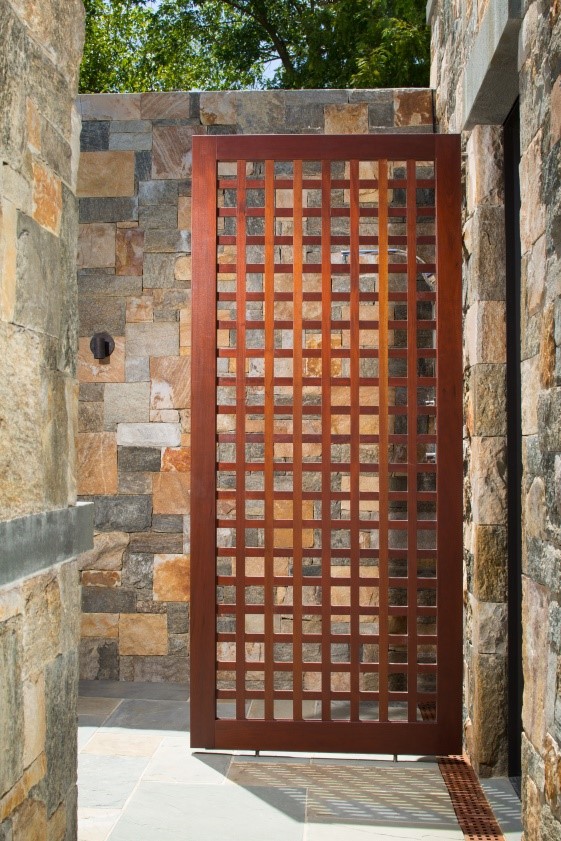
The shower is the other major amenity in a luxe bath, and like the tub, you might be surprised at the variety of fixtures and features to choose from. Multiple shower heads, waterfall heads, rain heads, hand sprays, and body sprays can be combined to give the user anything from a gentle spring rain to a full-blown monsoon. Steam showers provide the ultimate relaxing spa experience. Finally, curbless showers are becoming more popular in high-end homes, and are easier and safer to enter, allowing people to stay in their home even if they lose mobility.
Finally, don’t forget the delightful little details than can add so much to the bathing experience. Heated floors can easily be installed under tile floors to provide a comfortable warmth underfoot on a chilly morning. Towel warmers, either installed in a drawer or wall-mounted as a towel rack, offer that just-out-of-the-dryer feeling every day. And if you want soothing music while you soak, or to catch the morning traffic report as you start your day, you can integrate audio and video components into the space. Just be careful – you may never want to leave!
Written by Alan Cook, studio manager at PCA


